מריה בלנצ'רד (1881-1932)
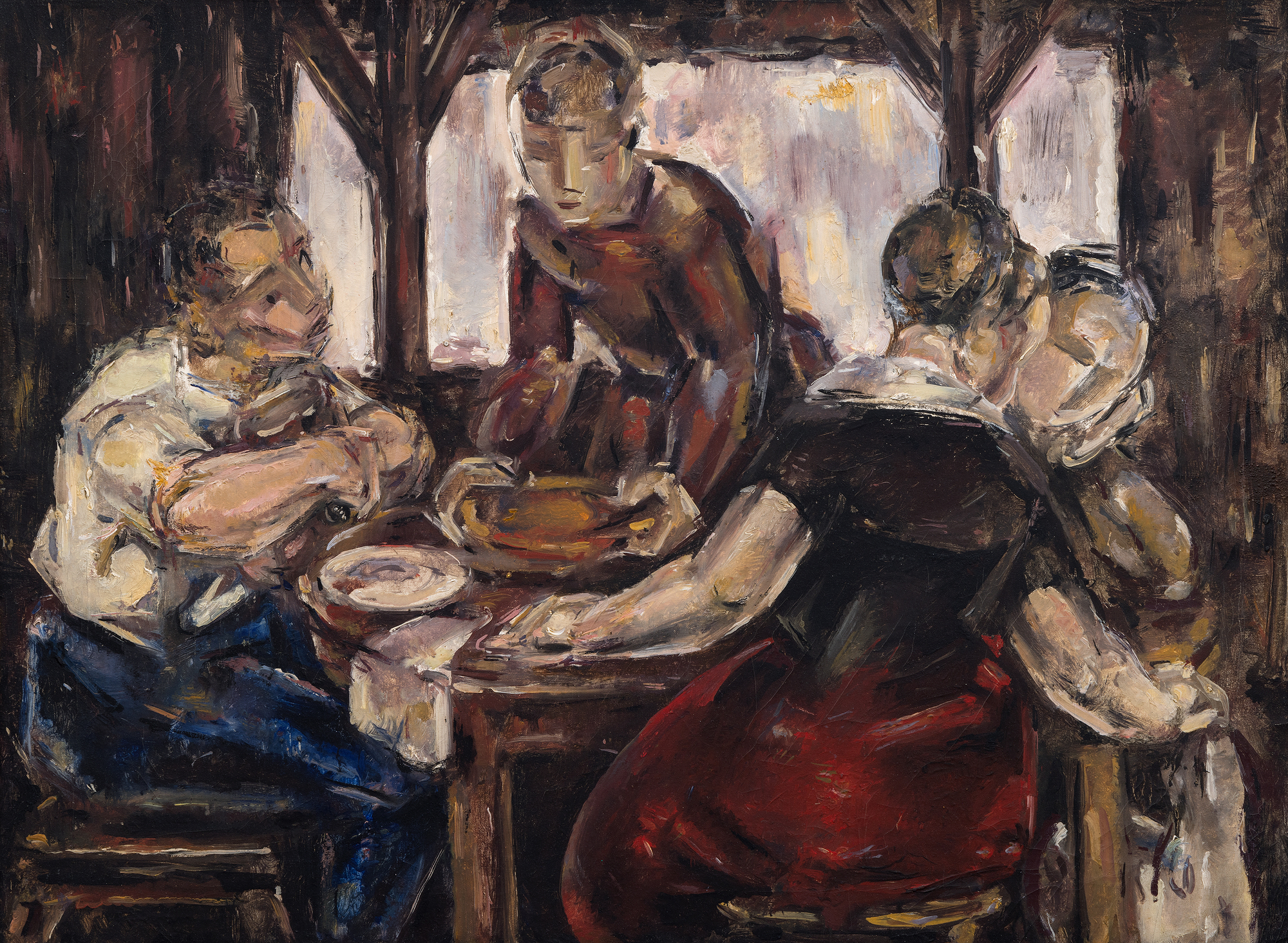
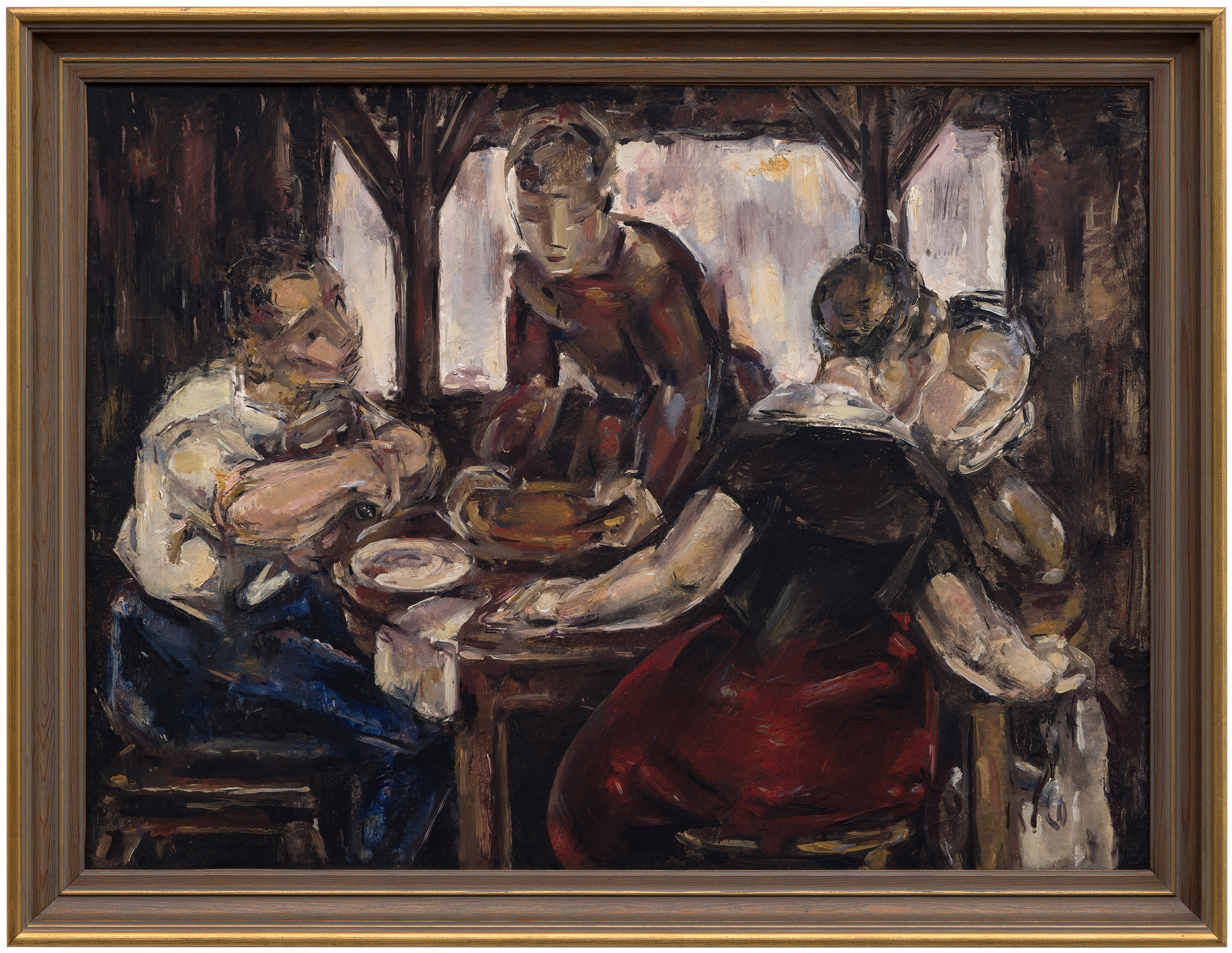
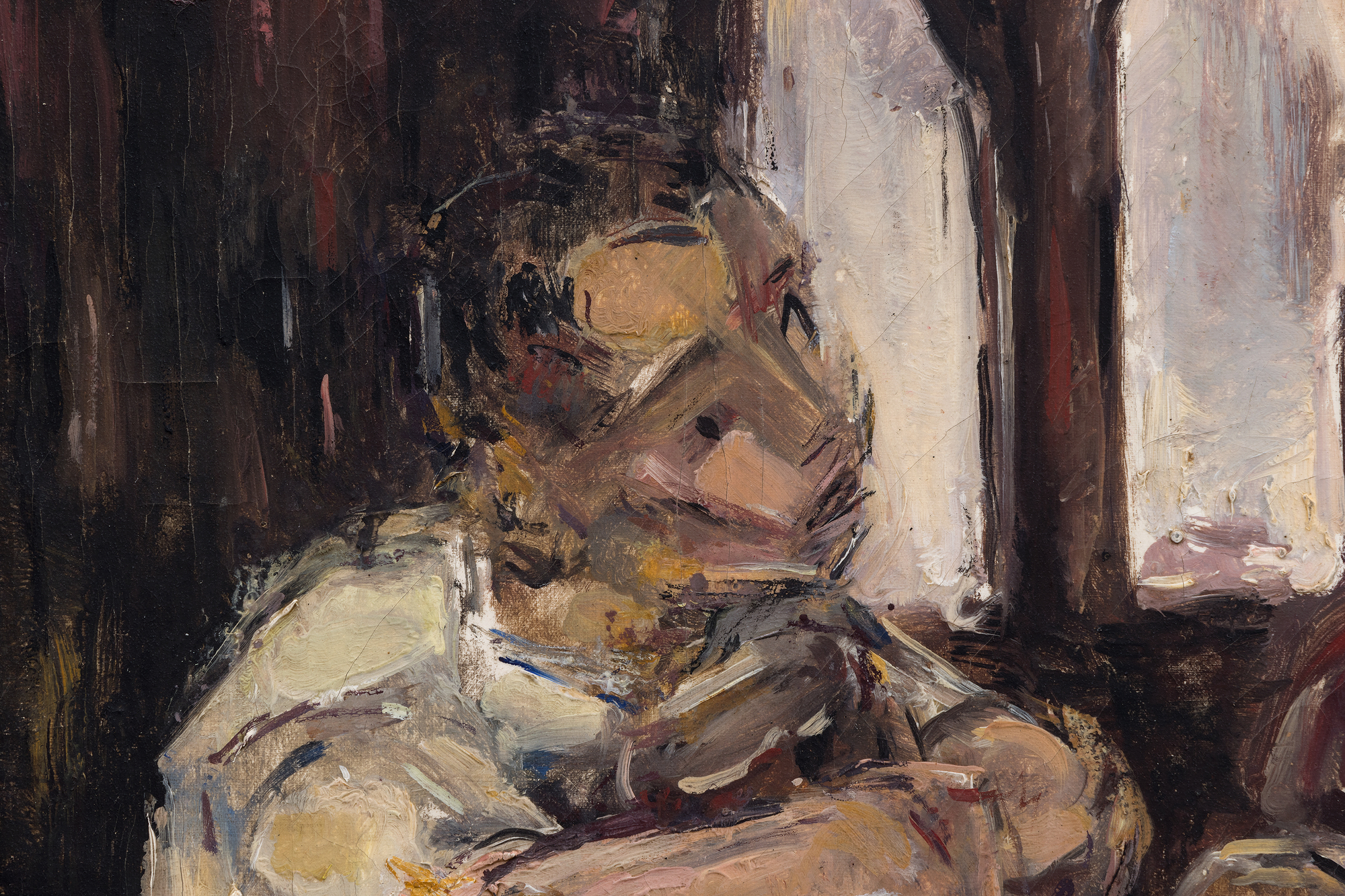
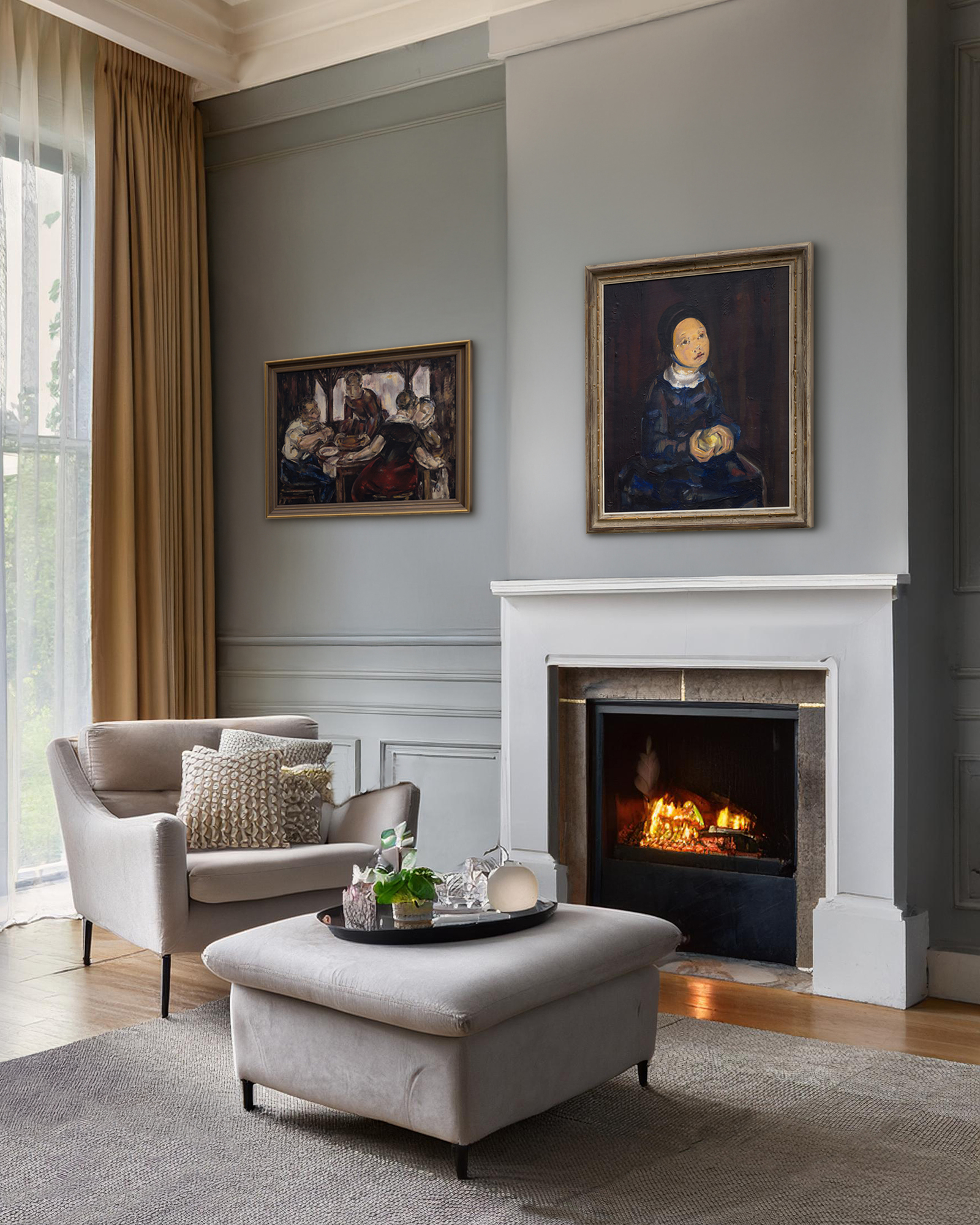
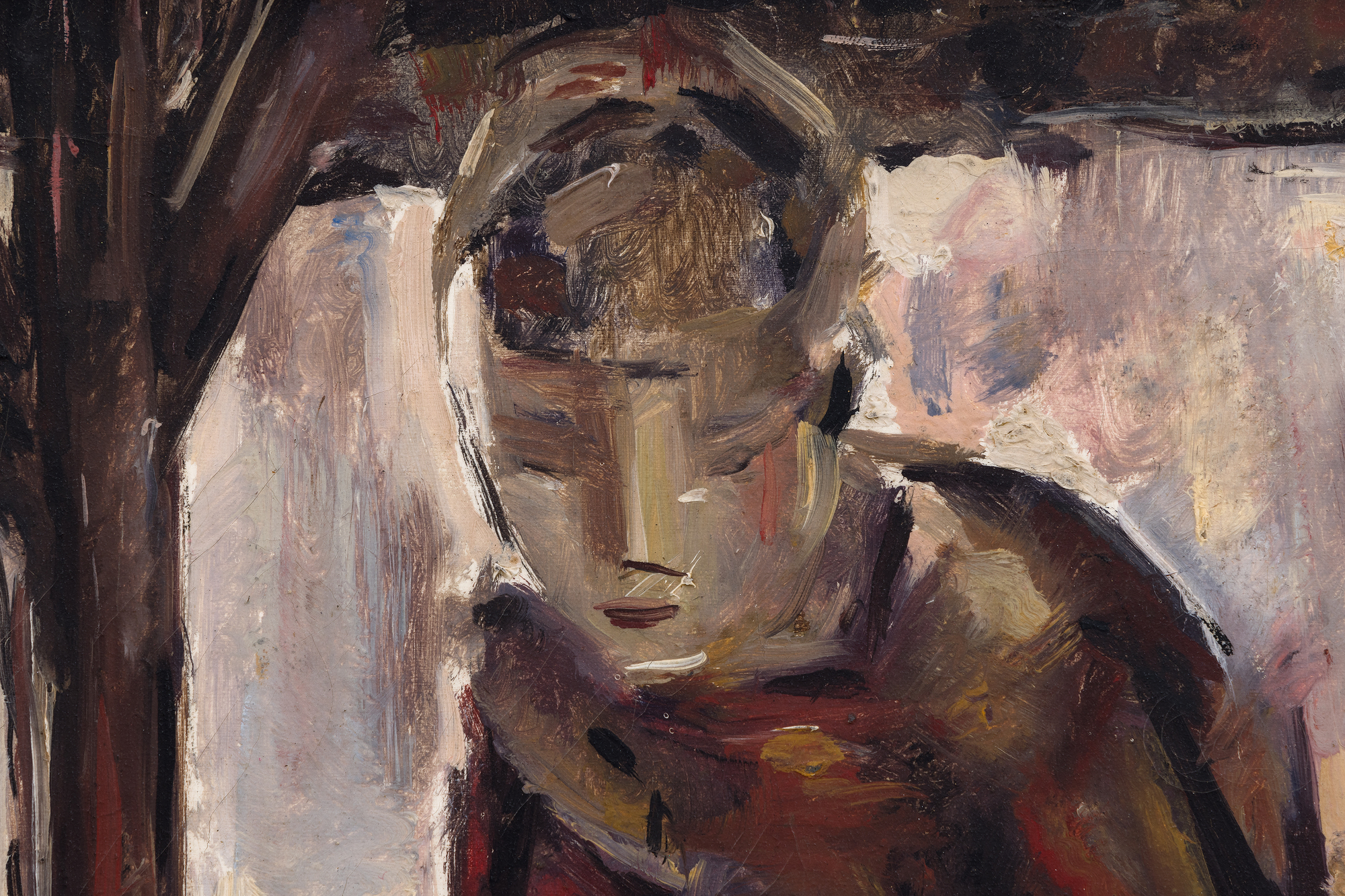
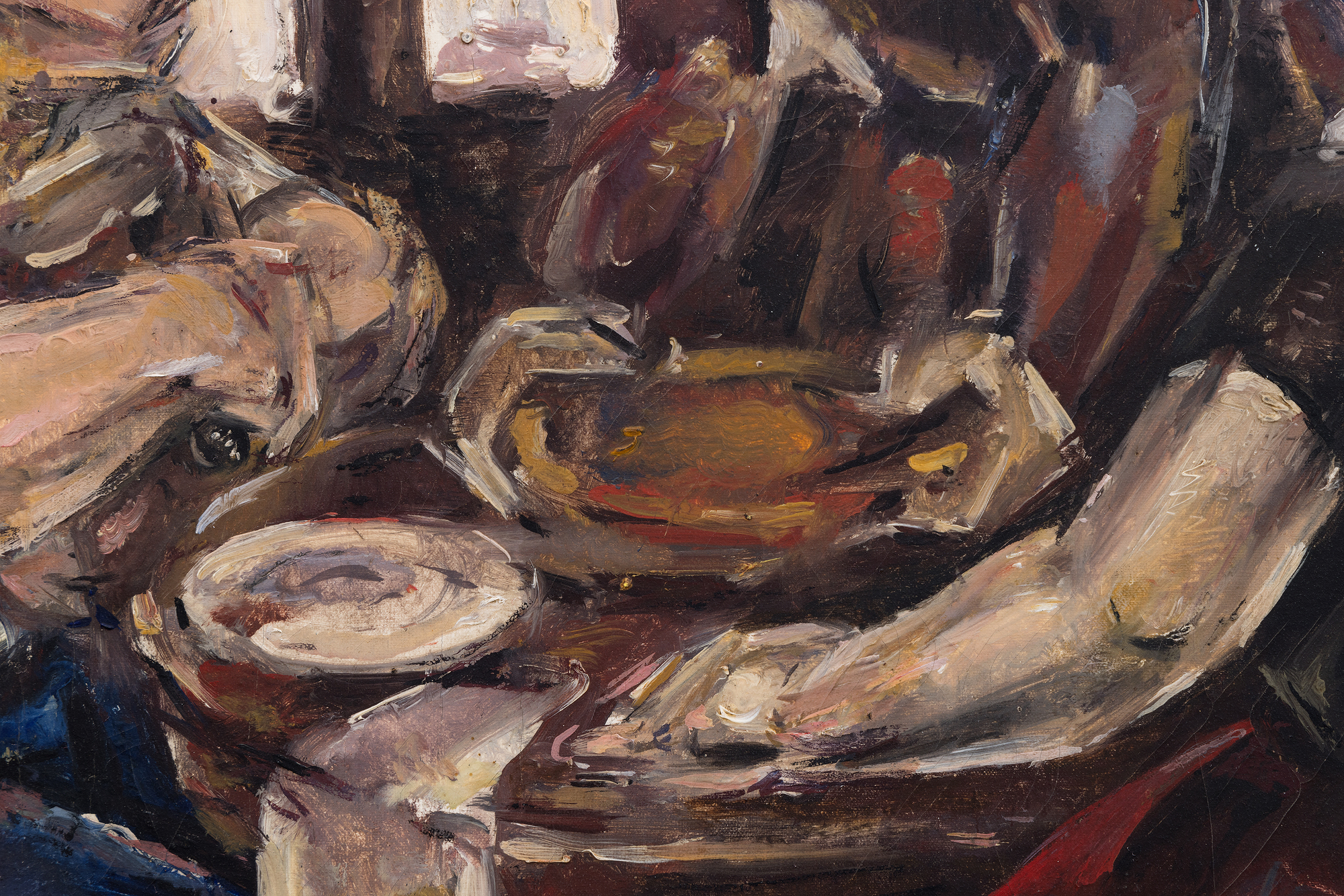
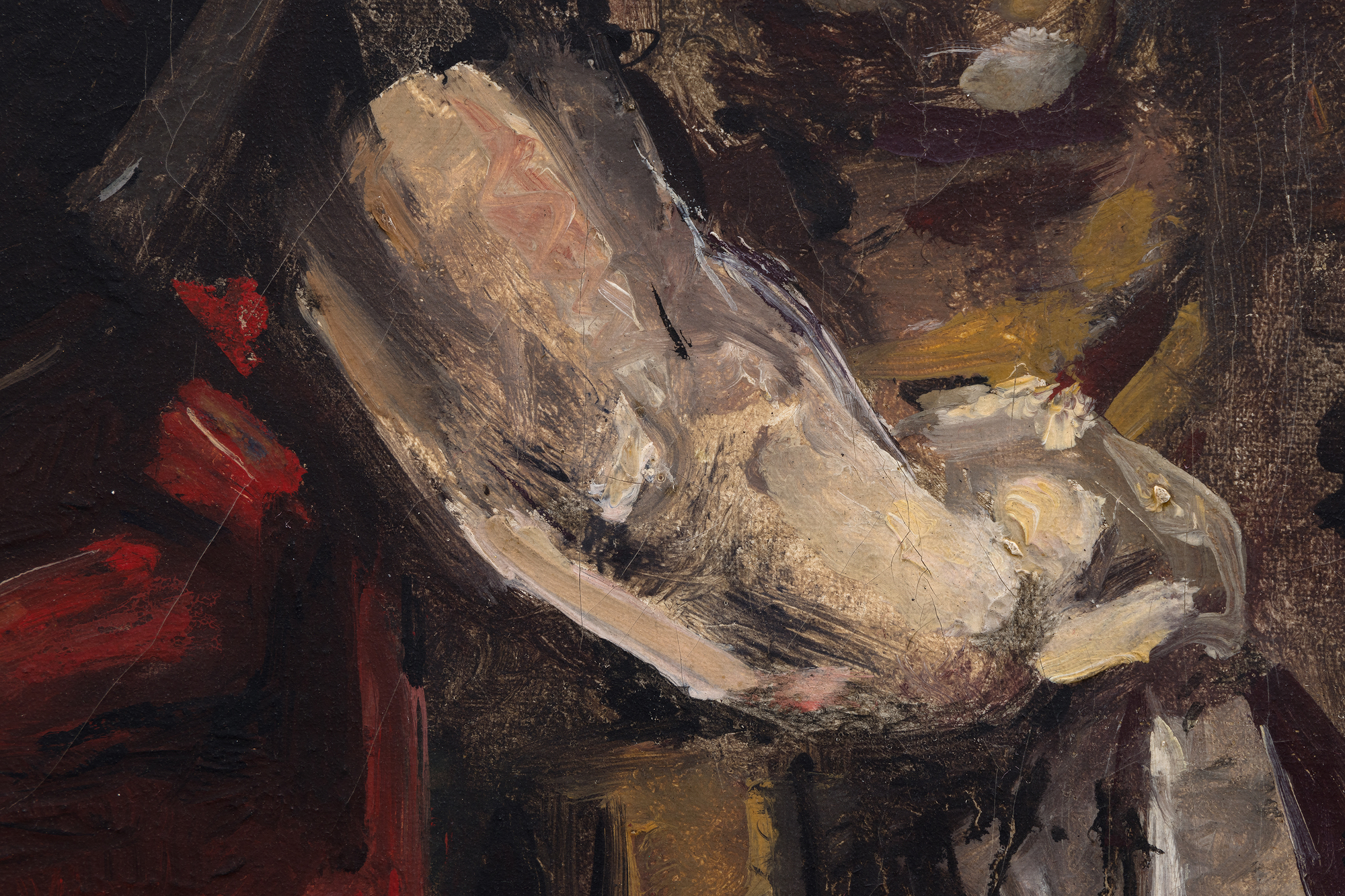
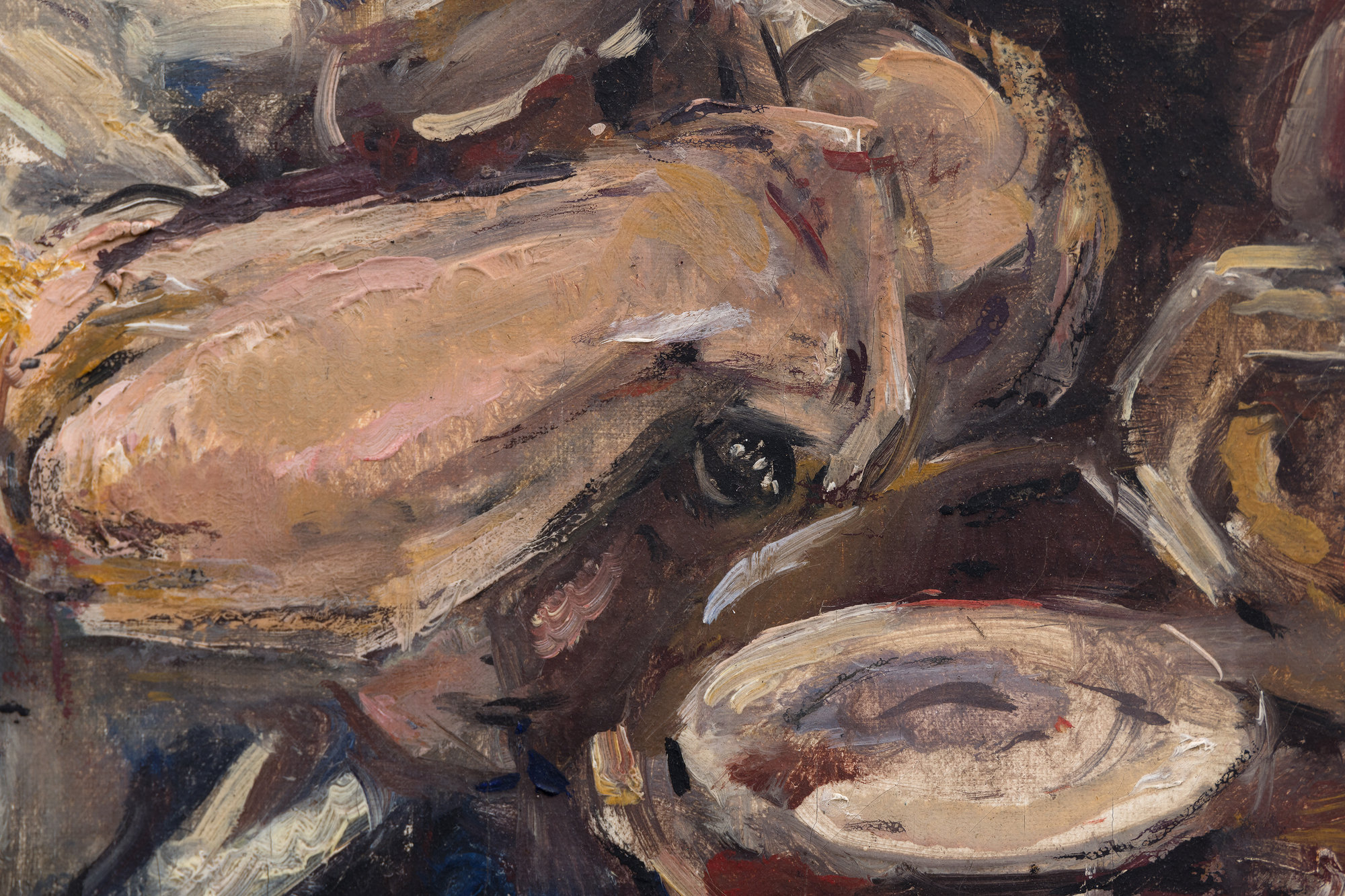
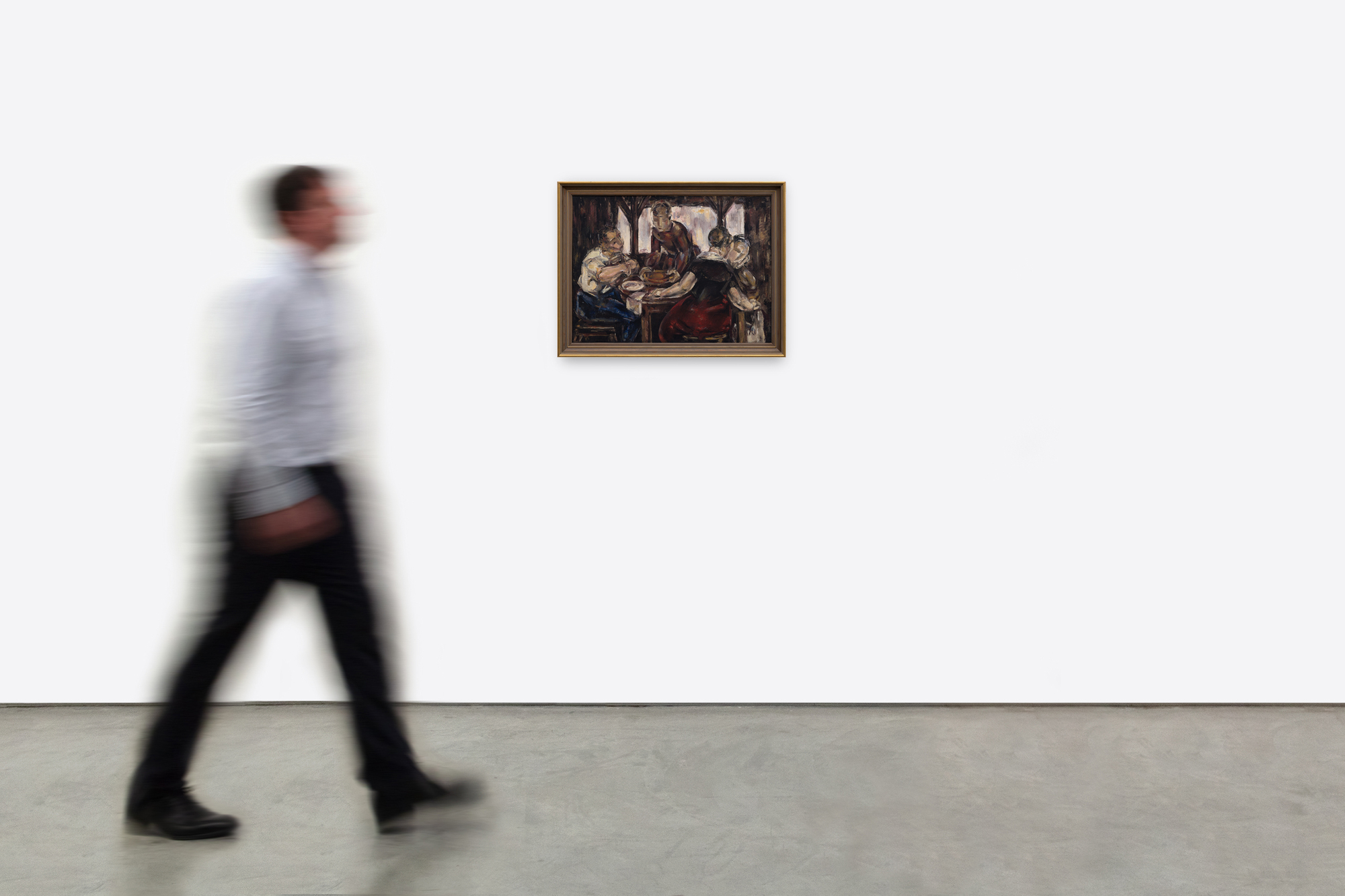

מקור ומקור
אוסף של כרמן אגאה גוטיירז, אחייניתו של האמןאוסף פרטי, בירידה מלמעלה
135,000
עבודתה של בלנשרד לאחר 1921 גשרה בהדרגה על הפער בין הצורות הנוקשות של הקוביזם המוקדם לבין ייצוג אישי יותר רגשי של נושאיה. קשיחות גיאומטריות נוכחות, אבל האור הנטורליסטי של הסצנה והקומפוזיציה הנפחית מהדהדים את השפעתו של סזאן. משיכות המכחול החדות והדמויות הזוויתיות מעוררות תחושת הגנה, המשקפות את כוונתה של בלנשרד להגן על הרוח הפנימית של דמויותיה ממבטם של אחרים. עם זאת, התיאור הרגיש שלה מזמין את הצופים להתחבר רגשית לעבודתה, מה שיוצר תחושה של אינטימיות והתייחדות שקטה. למרות הפלטה הקודרת, ישנה חמימות עדינה, כאשר הרוח הפנימית של הדמויות מוגנת מפני שיפוט, בדומה לאלה בציור של ואן גוך. עם זאת, בסינתזה של אלמנטים של קוביזם, בלנצ'רד הוסיפה מורכבות רגשית לנושאים הכפריים שחקרה ואן גוך, והפכה את תרומתה למובהקת אך משקפת מסורות אמנותיות קודמות.


